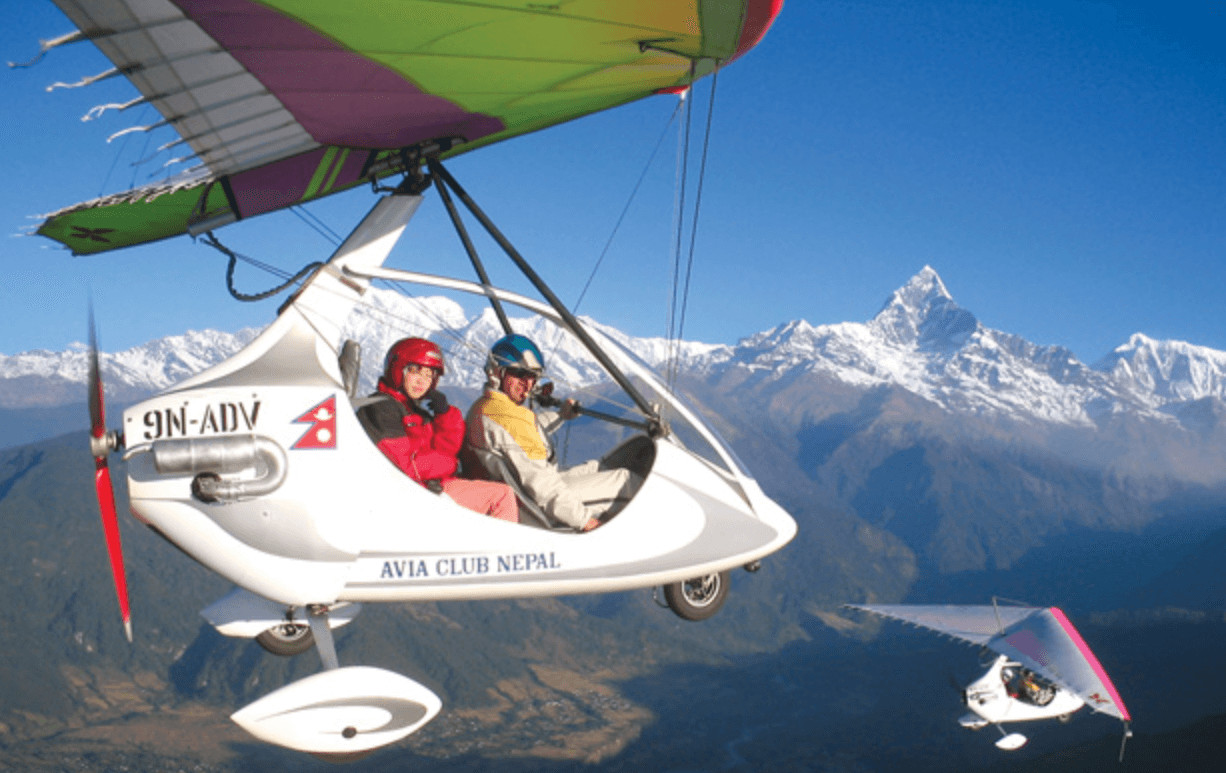When will Chinese tourists return to Nepal?

When Nepal launched its Visit Nepal 2020 campaign to double its visitor arrivals to 2 million last year, much of the hope was pinned on increasing the volume of tourists from China and India.
Chinese Ambassador Hou Yanqi posted pictures of herself on social media on New Year’s eve 31 December 2019 to promote Nepal among outbound tourists from China. Nepal Tourism Board (NTB) recruited famous actress Xu Qing to be its Goodwill Ambassador to promote Visit Nepal Year in China.
Nearly 200,000 Chinese tourists visited Nepal in 2019 after free visas were announced, and NTB was hoping to at least double that figure in 2020. Tourists from China had already started streaming in over the Chinese new year holiday last year when the pandemic struck.
Almost exactly one year ago on 23 March, Nepal went into lockdown and the tourists had to be quickly evacuated on repatriation flights. The numbers plummeted to zero between March to September of 2020.
Arrivals have only started picking up. Of the 18,000 tourist visas issued at Kathmandu airport in January-February this year, the Department of Immigration says only 2,585 were for Chinese nationals.

This was less than 5% of the arrivals for the same two months in 2019, and many of them were traders and workers on Chinese projects and not strictly ‘tourists’.
In the short term, the hope for Nepal’s tourism industry hinges on how effective vaccination passes become. In an optimistic scenario, rapid vaccination campaigns in China and India, and their travel bubbles could allow some tourists to venture to Nepal on holiday. Nepal as a destination got a lot of nationwide publicity in China last year with the join announcement of the newly calculated height of Mt Everest.
On March 9, China became the first country to launch a digital Covid-19 vaccination certificate for Chinese citizens planning cross-border travels. It shows details of inoculation and antibody tests through a QR code on a WeChat app. Although these are now in widespread use in the mainland for visits to restaurants, and domestic travel by train and plane, there is not yet an accepted international standard for vaccine passes.

Besides, Beijing has continued its ban on outbound tour groups, and this limits Nepal’s ability to attract tourists from China, with or without vaccine passports. Several southeast Asian countries like Singapore, Thailand and Malaysia that depend on Chinese tourism are trying to set up a travel bubble with China. The Thai authorities are trying to open up the country by July to Chinese tourists, and if that happens they expect 8 million tourists by the end of the year.

Chinese officials have said that they will be talking to countries around the world about accepting the country’s vaccine passport, and it is expected that some of the 40 countries that have so far imported or used Chinese-made Sinopharm or Sinovac vaccines may be the first to do so.
China has increased its gift of Sinopharm vaccines to Nepal from 500,000 to 800,000. Health Ministry Hridayesh Tripathi told Nagarik newspaper in Kathmandu on Sunday that the delay was due to the fact that Nepal needed to arrange a charter flight to bring the doses from Beijing to Kathmandu.
However, any substantial change in Chinese tourist arrivals will likely only occur in the fall of 2021, if it happens at all. According to Chinese media, only 40% of eligible Chinese citizens will be vaccinated by the end of June, with this number creeping up to 64% by the end of the year.
This means it is unlikely for Chinese restrictions on outbound travel to lift until the late summer or early fall of this year. While the outlook for this year’s tourist season is bleak, there is hope that next year will provide some relief. Once tourists can provide information on their inoculation status, restrictions on arrivals and quarantines can be lifted, facilitating greater numbers of tourist arrivals into countries like Nepal.
With this in mind, it is highly unlikely that Nepal will see a return to numbers like the estimated 1.2 million tourists that visited the country in 2019 this year or next. This reflects a global trend.
Some experts project that global long-haul travel will not properly resume until 2023 or 2024, which may be too long for many industries to survive. While the Nepali government had boldly targeted the arrival of 2 million tourists to Nepal in 2020, it could be several more years before this can be attained.

The start of the spring trekking season is usually a goldmine for Nepal’s tourist industry. In a normal year, Nepal earns up to $700 million from the tourist industry which provides direct employment to 1 million people.
With the Covid-19 pandemic halting travel worldwide, Nepal’s once-resilient tourism industry faces an anxious wait for the return of some semblance of normalcy. Yet, even with growing rates of vaccinations worldwide, Nepal’s full-reopening to foreign tourists hinges on a complex web of factors.
One concerns arrival restrictions. While the Nepali government eased restrictions on foreign visits last December, various visitor requirements still deter many. Foreigners are allowed to fly to Nepal, but require a visa from an embassy abroad before being allowed in.
Similarly, visitors are required to show proof of a reservation at a designated hotel for a one-week quarantine, which may be 10 days if travelers are arriving from countries with new virus strains. Yet, even with Nepal’s Covid-19 cases declining to low levels, these regulations help provide an added layer of security to protect the country from infected visitors.
Another involves vaccination rates in Nepal and abroad. As one of the first countries in the region to initiate a rapid vaccination program, Nepal hopes to expand on its inoculation drive to include the bulk of its population, not just frontline workers and medical staff.




